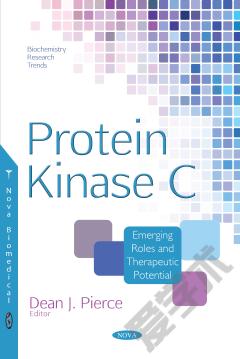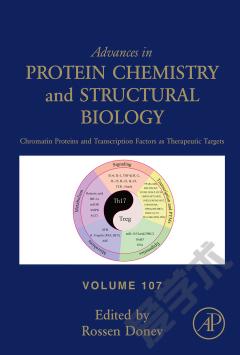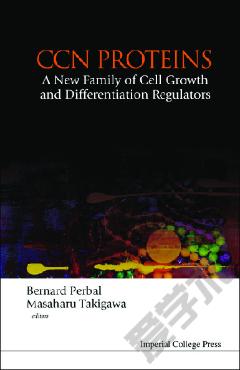Protein Kinase C: Emerging Roles and Therapeutic Potential
In this compilation, the authors review the structural basis of PKC isozymes and focus on the C1 domain, as well as the plausible binding mechanisms of its activators. Additionally, the recent molecular dynamics simulation studies of how phorbol esters or bryostatin bind to the activator pocket are described and some of the key amino acid residues recently identified as important for activator binding are investigated. The following chapter focuses on the expression pattern and function of PKCα in cancer cells, and newly emerging PKCα-targeted cancer therapies. PKCα acts directly and/or indirectly in various signaling mechanisms in cancer cells, including proliferation, survival, invasion, migration, apoptosis and drug resistance. A final review is provided which dissects the crosstalk between p53 and PKCδ in the context of apoptotic cell death and cancer therapy. PKCδ is implicated in a transcriptional regulation of the p53 tumor suppressor that is critical for cell cycle arrest and apoptosis in response to DNA damage. (Nova Biomedical)
{{comment.content}}








 京公网安备 11010802027623号
京公网安备 11010802027623号